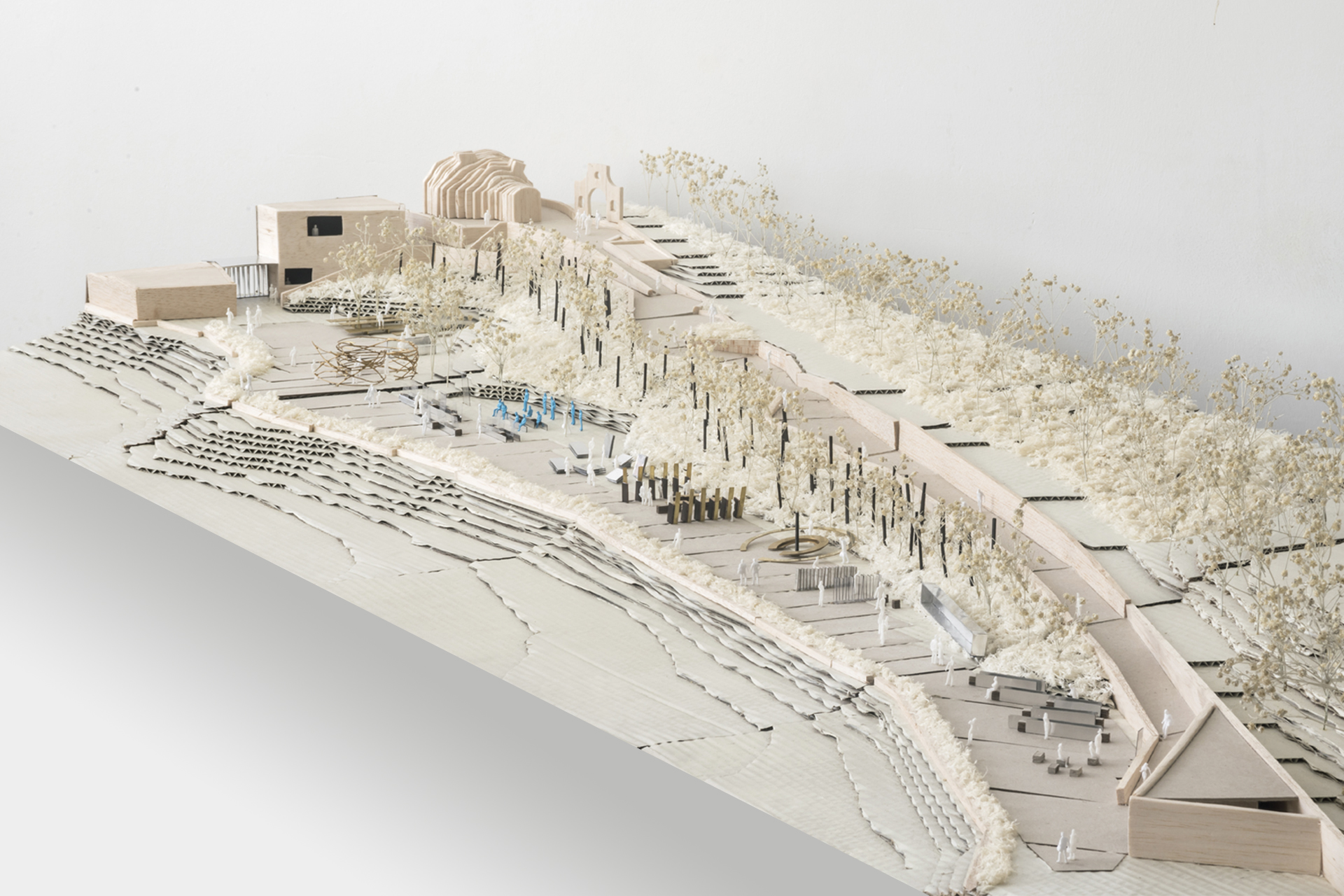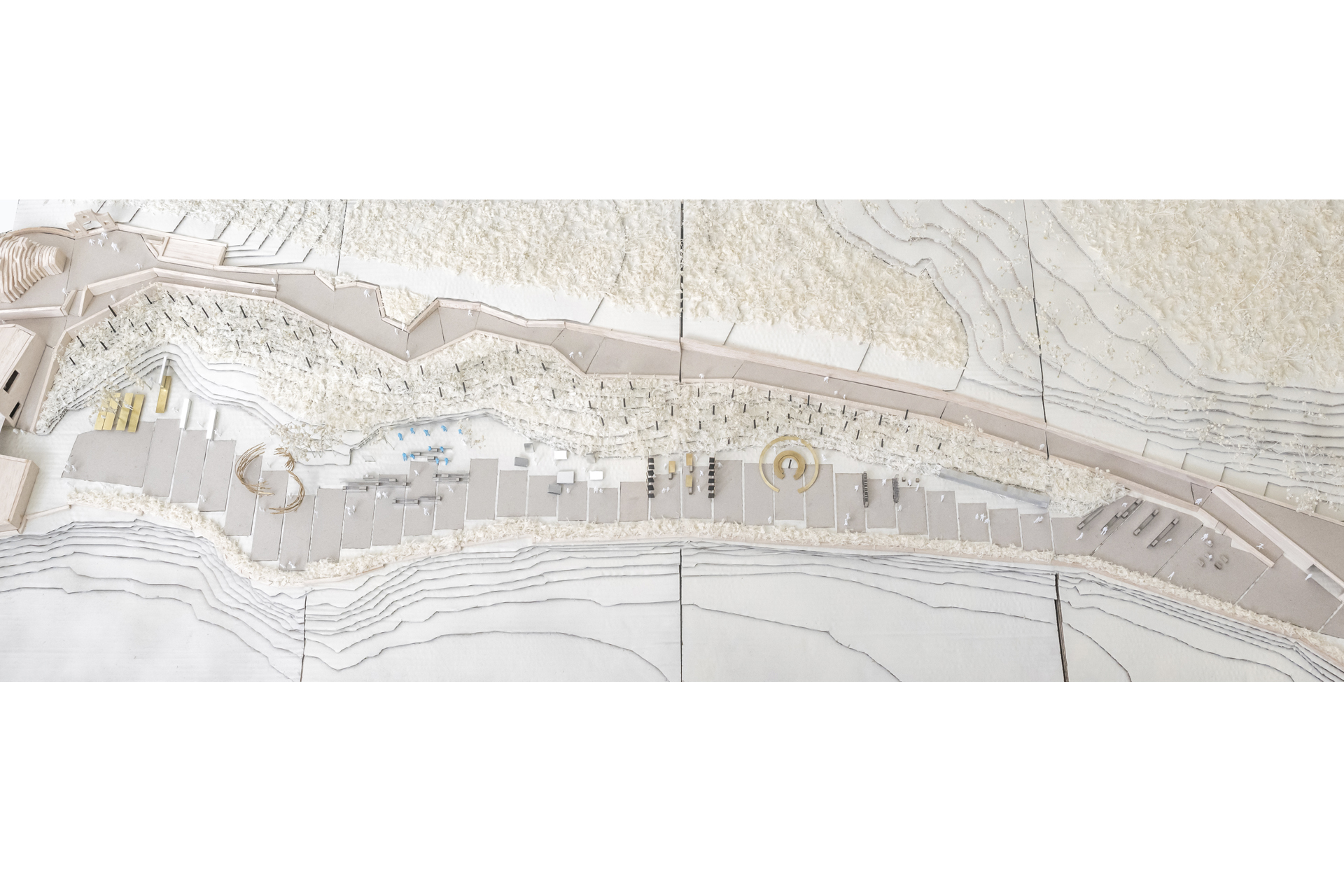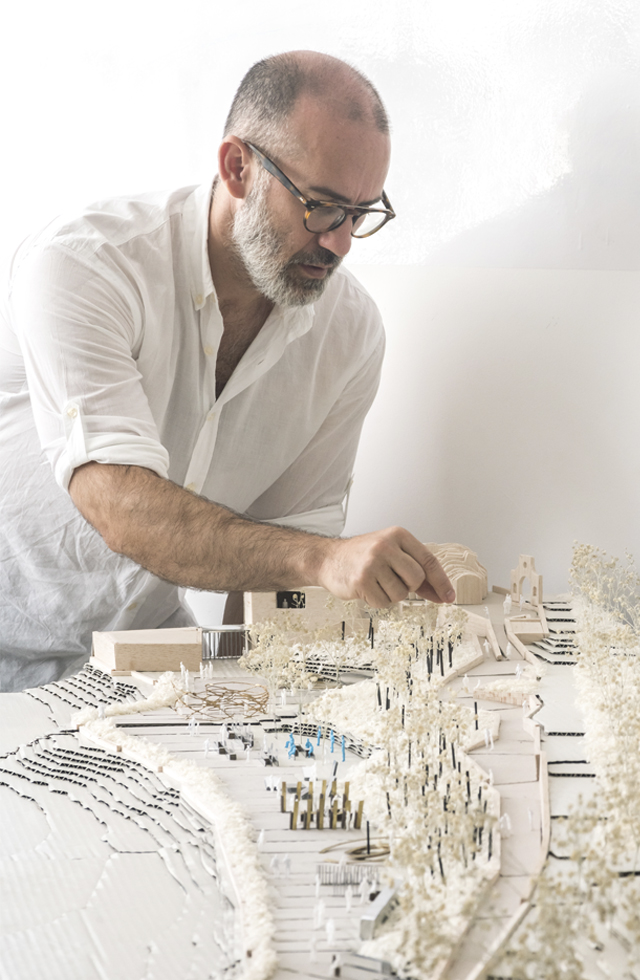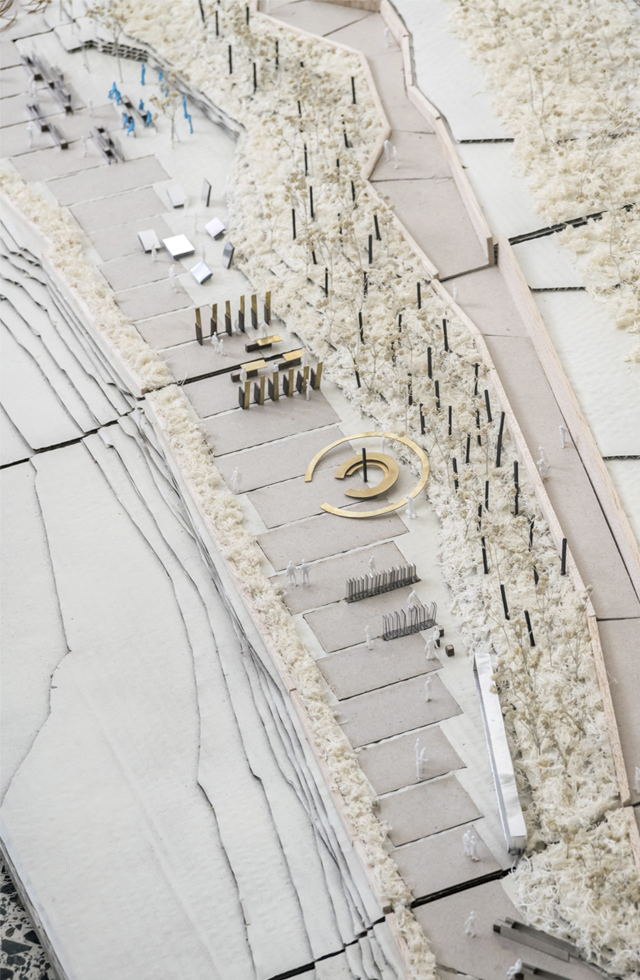BACKGROUND
El Bulli, a restaurant known for the gastronomic work carried out by Ferran Adrià between 1983 and 2011, changed the paradigm of world gastronomic restoration.
Since its closure, Ferran and several of his partners embarked on the creation of ElBulliFoundation, a private foundation focused on research and dissemination of gastronomic culture, with the intention of transforming the old restaurant into elBulli1846, the first great cooking, creativity and innovation laboratory in the world.
WHAT IS ELBULLI1846?
It is a center for preserving the legacy of elBulli. An exhibition LAB in which research and experiments are carried out to generate knowledge related to efficiency in innovation. Use the exhibitions as a work tool.
The starting point is the management and innovation system of elBullirestaurante and the learning acquired from consulting other companies and educational, cultural and artistic organizations. This analysis has led to the design of the Sapiens methodology, whose objective is to audit, question and enrich existing models and processes.



